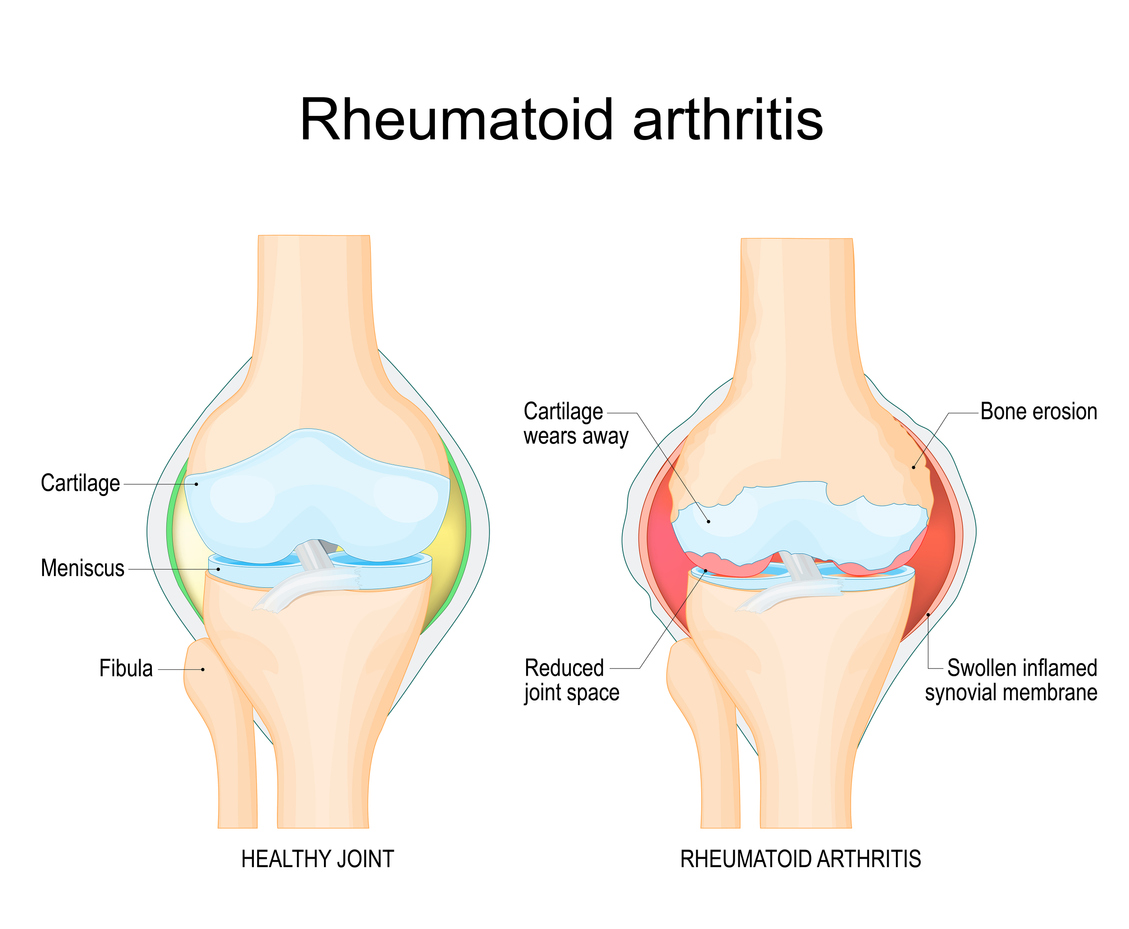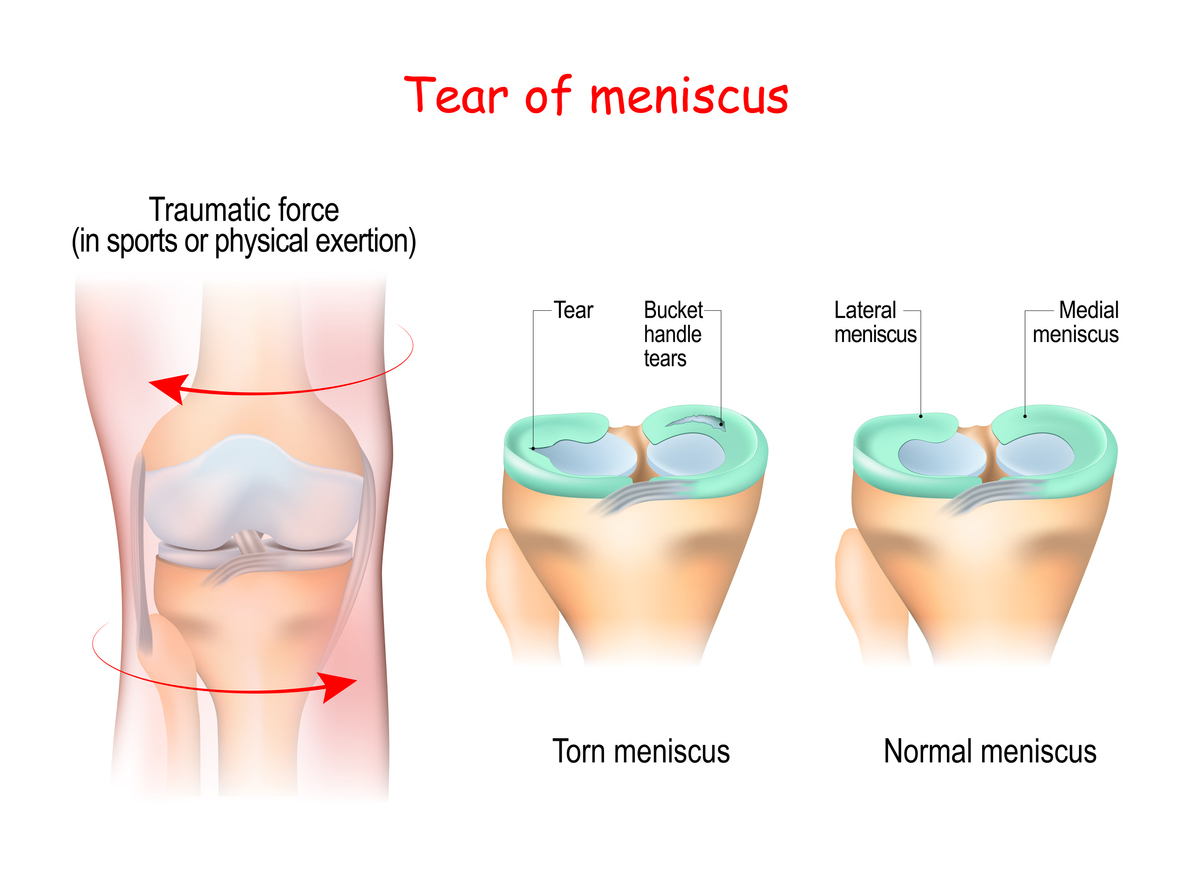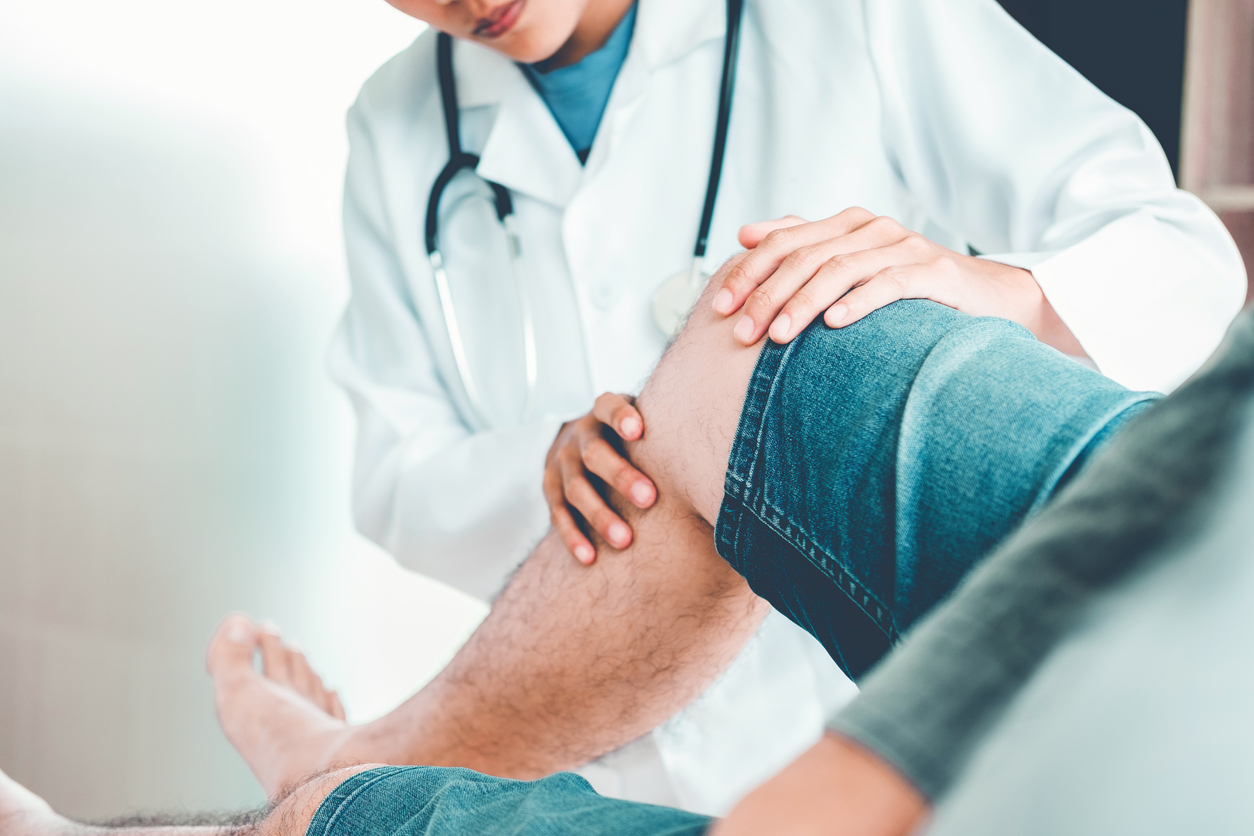Common Knee Problems After 50 and How to Address Them

If you’ve crossed 50, you might have noticed that your knees are not as agile as they used to be. As you age, your knees can experience wear and tear, leading to conditions like osteoarthritis, tendonitis, or meniscus tears. These problems can result in pain, stiffness, and reduced range of motion, making everyday activities more challenging. I worry about hurting my knees every time I go skiing. Knee injuries are one of the most common traumas to occur while skiing. The knees bear the brunt of the body’s weight and are extremely vulnerable when on skis.
However, it’s not all doom and gloom. Various strategies and lifestyle changes can help alleviate knee discomfort and improve your overall knee health. In this guide, we will explore some of the most frequent knee issues and provide you with valuable insights on how to address them.
So, read to the end to gain deeper insights.
Common Knee Problems after 50
Rheumatoid Arthritis

Rheumatoid arthritis (RA) is a chronic autoimmune disorder that can affect the knee joints and often emerges in individuals over 50. RA develops when the immune system unintentionally targets the synovium, the lining of the membranes that surround the joints, as opposed to osteoarthritis, which is the consequence of wear and tear. This immunological reaction causes joint stiffness, pain, inflammation, and possible joint damage.
Solution: Managing rheumatoid arthritis in the knees involves a comprehensive approach. First, consult a healthcare professional for a proper diagnosis and treatment plan. Medications like disease-modifying antirheumatic drugs (DMARDs) and biologics can help suppress the immune system’s response, reducing inflammation and joint damage. Pain relievers and anti-inflammatories may also be prescribed for symptom relief.
In some cases, when conservative measures do not provide sufficient relief, healthcare experts may recommend knee replacement surgery. This surgical intervention can significantly improve mobility and alleviate pain.
That is why experts performing knee replacement surgery at Premier Orthopaedic Associates say that after this therapy, people suffering from joint pain can have long-term relief and improved joint function. This will ultimately improve overall well-being.
However, regular monitoring by healthcare professionals is crucial to adapt treatment as needed and provide the best possible care for RA-related knee issues.
Tendonitis
Tendonitis is another common knee problem after 50. It involves inflammation of the tendons around the knee joint, leading to pain, swelling, and discomfort, often triggered by overuse or repetitive activities.
Solution: If you suspect tendonitis, it’s crucial to rest and avoid activities that worsen the pain. Applying ice to the affected area and taking over-the-counter anti-inflammatory medications can help reduce inflammation and alleviate symptoms.
A healthcare provider or physical therapist can recommend specific exercises and stretches to improve tendon strength and flexibility, aiding in recovery. Proper biomechanics and ergonomic adjustments in daily activities can also prevent further irritation. In persistent or severe cases, your healthcare provider may suggest more advanced treatments such as corticosteroid injections or, rarely, surgical intervention. Early intervention and proper care can expedite healing and prevent long-term issues with tendonitis.
Meniscus Tears

Meniscus tears are a common knee problem, especially for those over 50. These tears occur when the wedge-shaped cartilage in the knee, known as the meniscus, gets damaged or torn, often resulting in pain, swelling, and limited knee movement. The risk of meniscus tears increases with age due to wear and tear on the knee joint.
Solution: Treatment for meniscus tears depends on the tear’s size, location, and severity. Small tears may heal on their own with rest and conservative measures like ice and elevation. However, larger or more complex tears may require medical intervention. This could include arthroscopic surgery to repair or trim the torn meniscus.
Physical therapy is often recommended post-surgery to regain strength and mobility in the knee. It’s crucial to consult a healthcare professional for an accurate diagnosis and personalized treatment plan tailored to your specific condition.
Tendonitis
Tendonitis in the knee involves inflammation of the tendons, leading to pain, swelling, and discomfort. Overuse, repetitive movements, or strain on the knee tendons often exacerbate this condition. Tendonitis is a common issue for individuals over 50.
Solution: Managing tendonitis starts with rest and avoiding activities that worsen the pain. Applying ice and taking over-the-counter anti-inflammatory medications can help reduce inflammation and relieve symptoms.

Physical therapy can provide exercises and stretches to improve tendon strength and flexibility, promoting recovery. It’s essential to address the underlying cause of tendonitis, whether it’s improper biomechanics or repetitive movements, and make necessary adjustments to prevent future flare-ups.
In some cases, your healthcare provider may recommend corticosteroid injections for severe pain relief. Early intervention and adherence to a treatment plan can expedite healing and minimize the impact of tendonitis on your daily life.
Closing Lines
It’s essential to understand that knee problems after age 50 are not insurmountable obstacles. By being proactive, seeking professional guidance, and embracing appropriate strategies, you can preserve and improve your knee health.
Remember, age is just a number, and with the right mindset and early intervention, you can continue to lead an active, pain-free life, successfully navigating the journey of aging. So, make these strategies an integral part of your life, ensuring that your knees remain strong and resilient in the face of time.
Until next time!





